Free Web Panels for Hosting: A web panel acts like the central headquarters to administer the website and your server. As easy as the process might look, the perfect web panel usually makes everything regarding email account setups or installations and whatnot straightforward.
Free Web Panels for Hosting
Several well-powerful and popular web panels demand payment plans, while at the same time, several nice free ones work great. This article will describe a few of the best free web panels for hosting and their descriptions, advantages, and disadvantages.
Table of contents
1. cPanel/WHM
cPanel would probably be considered the most popular and used control panel among web hosts. It offers a well-arranged graphical interface to manage all aspects of your website, including file management, email accounts, databases, and security. The WHM is known as the administrative interface of the cPanel and is meant for the server administrator.
Pros:
- Friendly interface: cPanel is user-friendly, and a great tool for both amateur and experienced users alike.
- Diverse features: It offers a comprehensive set of features. Provides support to multiple programming languages, one-click installers for several applications like Softaculous, and robust security tools
- Huge community and support: There is an extensive community of users and several online resources including tutorials, documentation, and forums that provide ample support.
- Most of the popular hosting providers are supported.
Cons:
- Primarily Commercial: Although it has free versions, they tend to be very feature-poor or only support a few providers.
- Resource Intensive: The cPanel package can be a resource hog that may degrade the performance of low-end servers.
2. Plesk
Plesk is yet another strong, popular control panel for web hosting that has garnered much praise through its usability and comprehensive feature offerings. This one offers an all-around view into the various parts of your website, from domain administration and hosting to e-mail and database management and security.
Pros:
- User-friendly interface: The overall look of the Plesk interface is clear and simple; you’ll never get lost navigating to what you need.
- Powerful features: Provides a wide range of features, including support for multiple operating systems, one-click application installations, and robust security tools.
- Scalability: Easily scalable to accommodate growing website traffic and resource demands.
- Excellent support: Offers comprehensive documentation, tutorials, and a responsive support team.
Cons:
- Primarily commercial: Free versions are often limited in features or available only for specific hosting providers.
- Resource-intensive: Like cPanel, Plesk can be resource-intensive, which might impact server performance.
3. VestaCP
VestaCP is a free and open-source web hosting control panel. It’s very easy to install, light in weight, and user-friendly.
Pros:
- Free and open-source: Completely free to use and distribute, making it an attractive option for budget-conscious users.
- Lightweight and resource-efficient: Consumes minimal server resources, making it suitable for low-end servers and virtual private servers (VPS).
- Easy to install: Easy to install on different Linux distributions.
- Feature-rich: Supports a wide range of features, such as multiple websites, email accounts, databases, and security tools.
Cons:
- Less popular than cPanel and Plesk: It may have a smaller community and fewer resources available compared to the more popular options.
- Steep learning curve: Though user-friendly, it might have a slightly steeper learning curve compared to cPanel and Plesk.
4. Webmin
Webmin is a free open-source web interface for system management on Unix-like operating systems. Although this is not traditionally a web hosting control panel it offers a quite powerful toolset to manage your server settings which includes users and groups, files, and service management.
Pros:
- The application is totally free and totally open source completely free to download and distribute; very customizable has lots of configuration options to alter the interface and fit it around your needs.
- Powerful and flexible: It allows access to a wide range of system administration tools.
- Large community and support: A large and active community provides ample support and resources.
Cons:
- Steeper learning curve: It requires some technical knowledge to use it effectively.
- Not as user-friendly as traditional web hosting panels: The interface may not be intuitive for beginners, especially when compared to options like cPanel and Plesk.
5. ISPConfig
ISPConfig is a free and open-source web hosting control panel for the management of several virtual or dedicated servers. It provides one of the most comprehensive and feature-rich websites and email management, databases, and server resources management tools.
Pros:
- Free and Open-source: Truly free to use and distribute.
- It is robust and featureful: ISPConfig includes a whole host of features. It supports multiple websites, email accounts, databases, and VPS.
- Highly Customizable: Provides a wide variety of customization to the interface and functionalities for your specific requirements.
- Support large-scale deployments: Deployed for managing scores of servers and also large hosting environments.
Cons:
- Steeper learning curve: Requires technical know-how to be configured and managed.
- Not as user-friendly compared to others: The interface is less user-friendly for first-time users compared to cPanel and Plesk.
The best free web panel for your needs will depend on several factors, including:
- Your technical expertise: If you are a beginner, consider user-friendly options like cPanel or Plesk.
- Your server resources: Choose lightweight options like VestaCP or Webmin if you have limited server resources.
- Your specific requirements: Consider the specific features you need, such as support for specific programming languages or one-click application installers.
Read More: JioCoin: A Deep Dive into Reliance’s Blockchain Venture
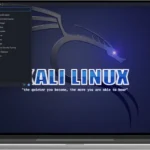






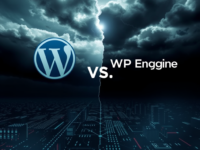


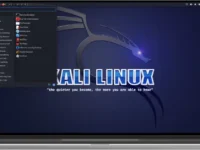
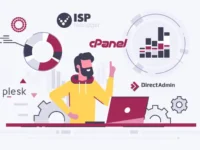







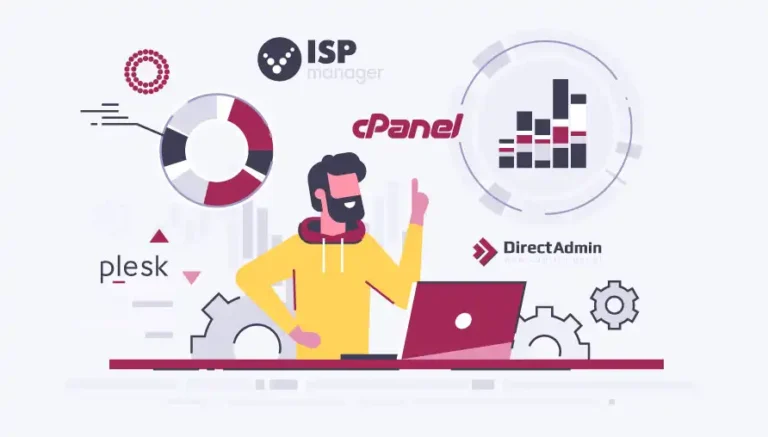

0 Comments